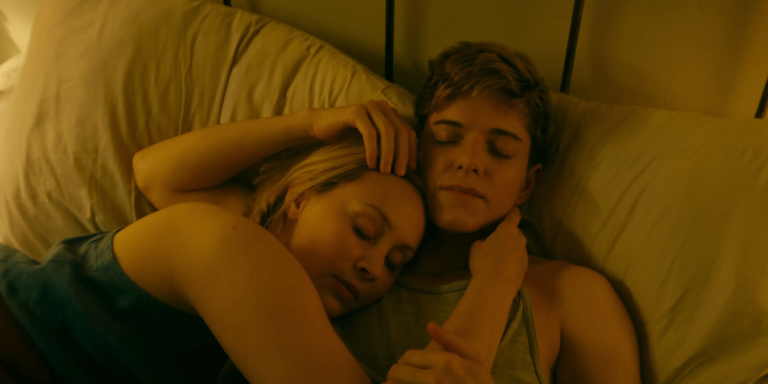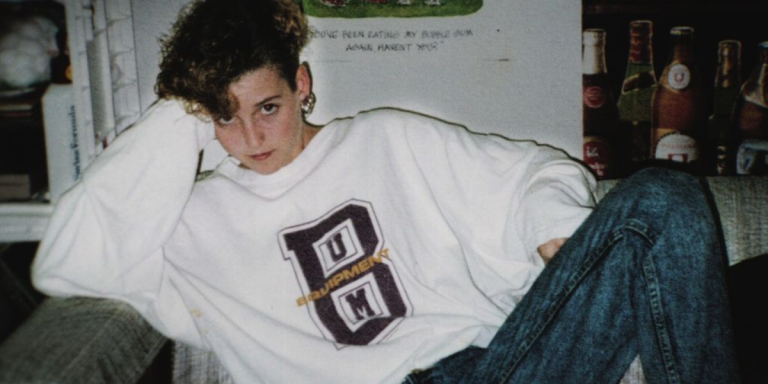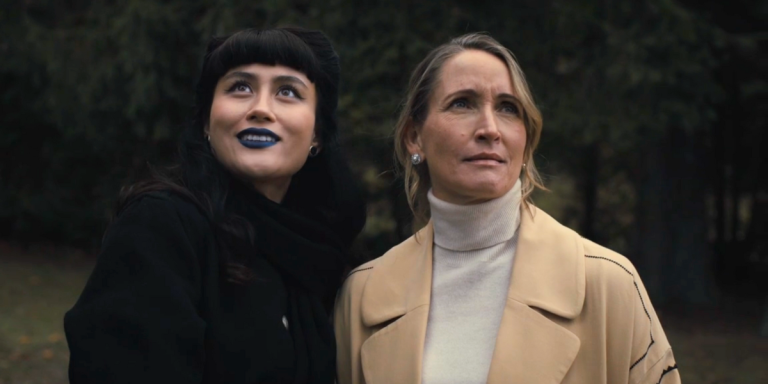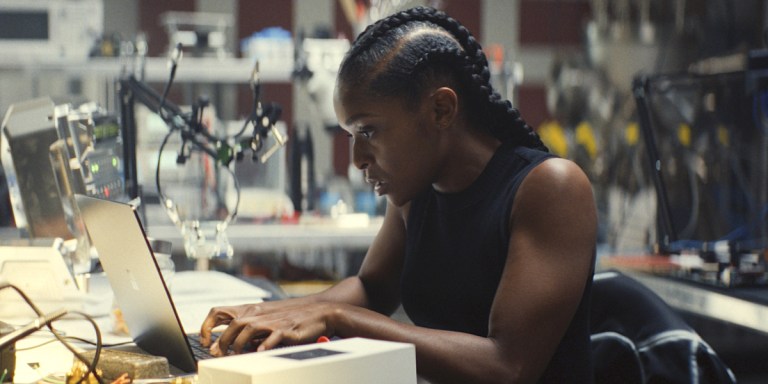tv reviews
Mae Martin’s Queer Horror Netflix Series Will Mess With Your Head
Kayla Kumari Upadhyaya
Sep 25, 2025










